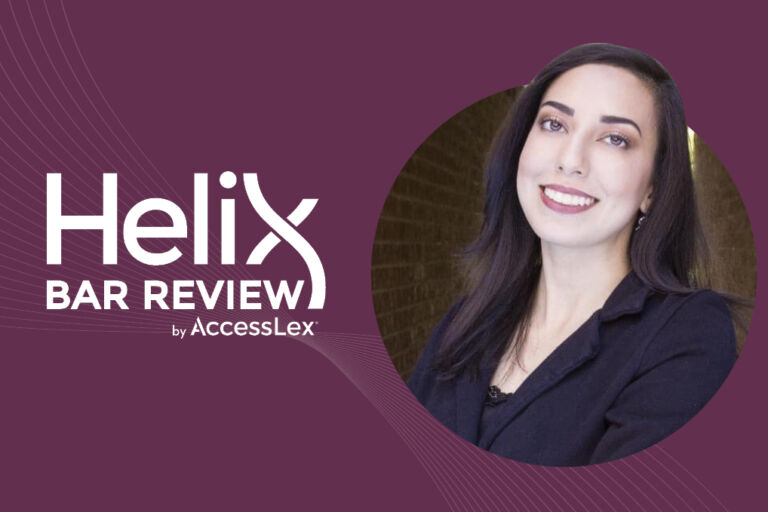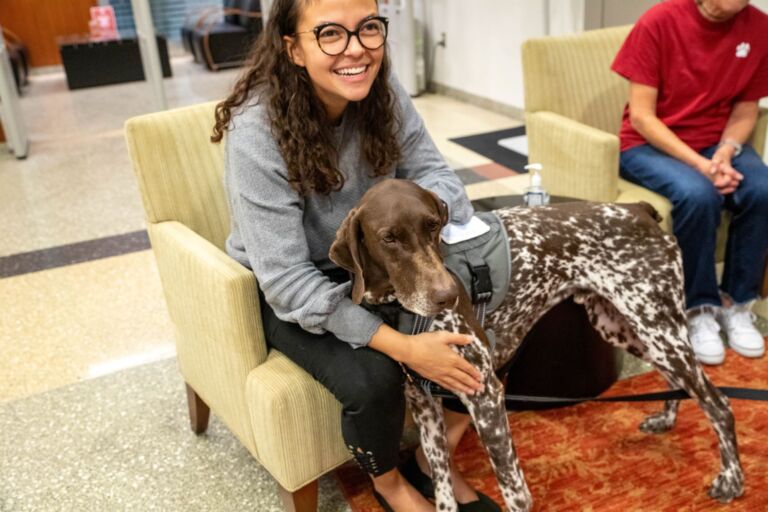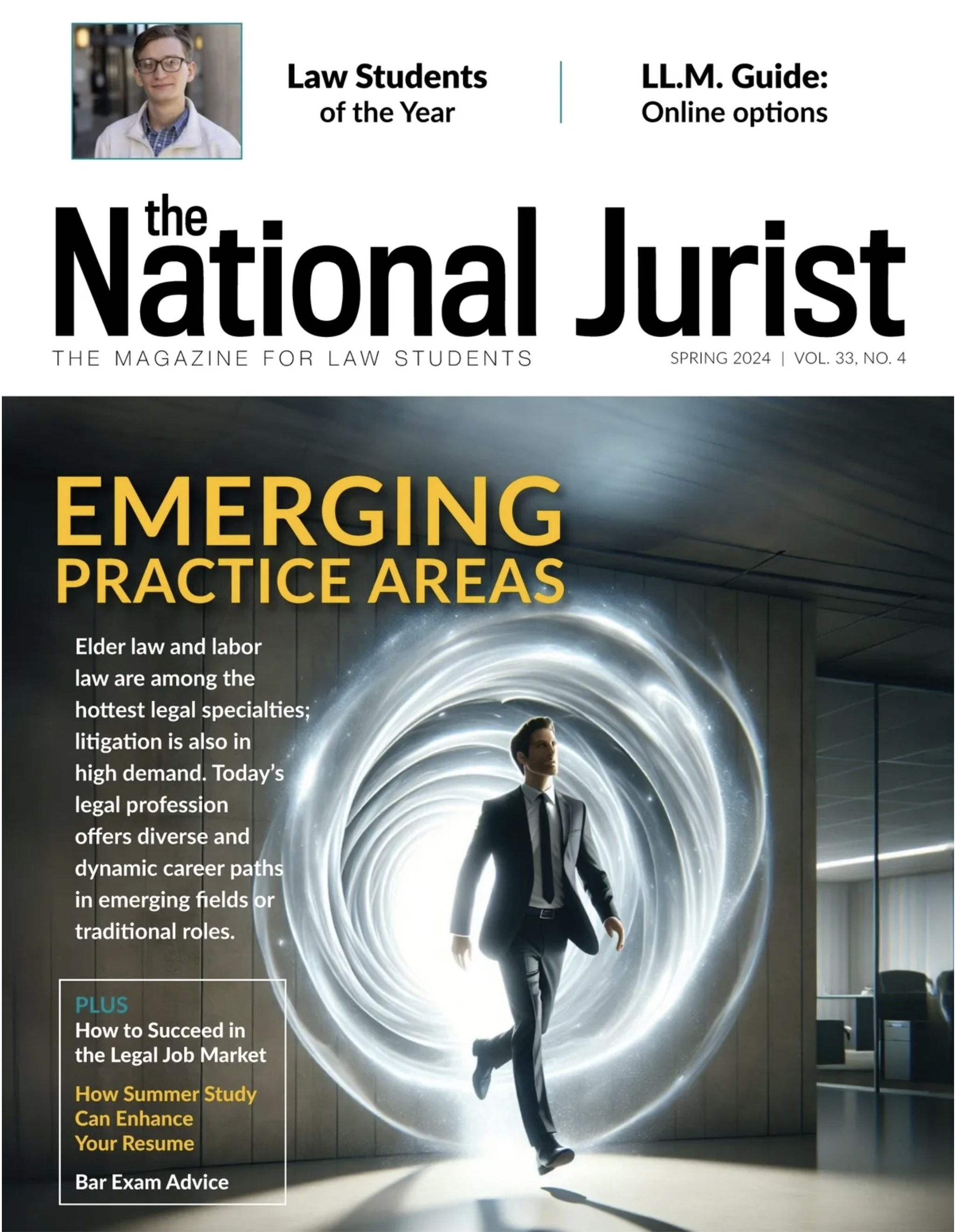Enrollment is up at some law schools.
Hooray!!!
Or . . . Oh, no!!!
For the schools, it’s definitely a hooray moment. Many have experienced years of enrollment decline and have had to weather layoffs and worse. Many of the nation’s best students were steering clear in increasing numbers. Making a rebound seemed unlikely. Yet here comes one — at least at some schools.
However, some worry that an enrollment jump could spell trouble if three years from now the job market is as soft as it is currently. You’ll have more grads looking for a limited number of jobs — again.
Some enrollment spikes have been quite substantial. For instance, at Sandra Day O’Connor College of Law at Arizona State University in Phoenix, the jump was 35 percent from last year It’s enrolling close to 300 fresh and eager new students in this year’s class.
University of the Pacific, McGeorge School of Law in Sacramento, Calif., reported a 25 percent increase. Enrollment at Albany Law School in New York’s state capital surged 22 percent.
The schools say they are not taking borderline students, ones destined to flounder academically or on the bar exam. That was a recent criticism of law schools when the number or applicants fell and some schools lowered admission standards. The number of applications has been rising, and the academic credentials of incoming students are better, law schools say.
That’s very much the case, according to the Law School Admissions Council. The number of applications to law school went up 8.1 percent for this year’s class, and more students excelled at the Law School Admissions Test, or the LSAT. The percentage of students scoring between 165 to 169 (the top score is 180) shot up 27 percent, while those getting scores between 175 and 180 jumped an astonishing 59 percent.
Top-achieving students normally apply to higher-ranked schools, so lower-tier schools may not have seen as much interest. If they did, it may have been because they were offering scholarships as a carrot.
Look at University of Southern California, Gould School of Law, a top-20 law school according to U.S. News & World Report rankings. It reported an 18 percent jump in applications. The class it selected had the highest grade point average in school history. The median LSAT was 166. However, it only increased its school class size from 185 to 200 year-over-year.
USC School of Law remained highly selective, admitting just 19 percent of applicants, the lowest in more than 10 years, said Dean Andrew Guzman.
Arizona State University has made a point of promoting its affordability and its reputation as one of the nation’s higher-ranked public institutions. Tied for 27th by U.S. News & World Report, it also has a new home — a $129 million building in downtown Phoenix.
“I like to think that the word has gotten out [about] what the law school has been doing since 2011,” said Dean Douglas Sylvester. “We’re a unicorn. No one is quite like us.”
Arizona State University is the only law-school option in Phoenix, now that Arizona Summit is no longer enrolling students.
When it comes to deciding the size of entering classes, his school looks at two key elements, Sylvester said.
One is the quality of the prospective students, and this year’s class has the best credentials ever, he noted. The other is whether jobs will be available for them when they graduate. While he can’t predict the future, he’s bullish on the Phoenix area and the academic quality of his school and his students’ abilities.
Arizona State University has been meeting its employment goals, he said. Currently, 89 percent of its graduates land high-quality legal jobs, and it has placed in the top 20 for employment for the past five years.
“I’m not concerned about us growing when we’re growing in a city that continues to grow as well,” Sylvester said.
It’s not yet known if legal education as a whole has seen an enrollment spike. Most schools haven’t released their figures. The American Bar Association is expected to provide statistics later in the year.
However, since applications to law schools were up this year, larger entering classes are expected. The application bump has been attributed to a better economy and Trump’s controversial presidency.
Employment figures are improving too.The most recent figures from the National Association for Law Placement (NALP) showed that the overall employment rate for the Class of 2017 was 88.6 percent, up from 87.5 the previous year.
While James Leipold, NALP’s executive director, called this good news, he cautioned that an economic downturn or a jump in law school enrollment could affect future employment figures.
That’s because the number of legal jobs being filled is actually shrinking. Last year, the number fell by more than 1,200. Smaller class sizes have been offsetting what could be a more dire employment picture.
“I am not convinced that the job market will support a larger graduating class, and I am hopeful that law schools will use this jump in the quality and quantity of law school applicants to shore up the credentials of their incoming class, rather than grow their enrollment,” Leipold told the ABA Journal.
For some schools, though, this enrollment jump has been a feast after a quite a famine. And it’s affected some schools that aren’t among the nation’s leaders, such as Albany Law School, which is tied for 106th among the nation’s law schools according to U.S. News & World Report.
The size of incoming classes at Albany Law School hit a low of 121 students in 2014. This year’s class is 183 strong. That’s a 51 percent increase. However, this year’s class is still considerably smaller than the school’s class sizes years ago, which hovered between 250 and 300.
“The current class size was our target size, and 180 will be our target next year as well,” said David Singer, the school’s director of communications & marketing.
Singer said school officials feel the local job market can handle that number.
“Our employment rates have been historically strong. Close to 90 percent are employed in professional jobs 10 months after graduating,” he said. “We are the only law school for 90 miles. While our location in New York’s capital creates a strong base of public-sector employment, we also have a strong pipeline of alumni who hire our graduates in the New York City metro area.”
McGeorge School of Law — which was not ranked among U.S. News & World Report’s Best Law Schools — said it saw a 16 percent increase in applications, which is double the national average. Even though McGeorge raised academic standards in preparation for the expected increase, a large pool of qualified students still resulted. Then, a greater percentage of students accepted the school’s offers, so the class size was larger than planned.
“The law school had no way to anticipate that so many more students would accept an offer of admission over previous years or compared to other schools,” said Bethany Daniels, the school’s marketing director.
However, some question whether law schools that saw such jumps could have made adjustments to keep class sizes smaller. The rise in applications shouldn’t have come as a surprise to law schools, said Kyle McEntee, co-founder of Law School Transparency. He said schools should have known applications were going to increase after seeing the jump in the number of people who took the LSAT in June 2017.
He said schools could have implemented a number of measures, such as wait-listing more students.
“Schools that drastically missed their enrollment targets were asleep at the wheel,” McEntee said. “They are not passive actors, forced by the market to increase enrollment because the applicant pool has increased. Increasing enrollment is a choice, and it is a choice that at the vast majority of schools, will hurt the student body’s job prospects.”







